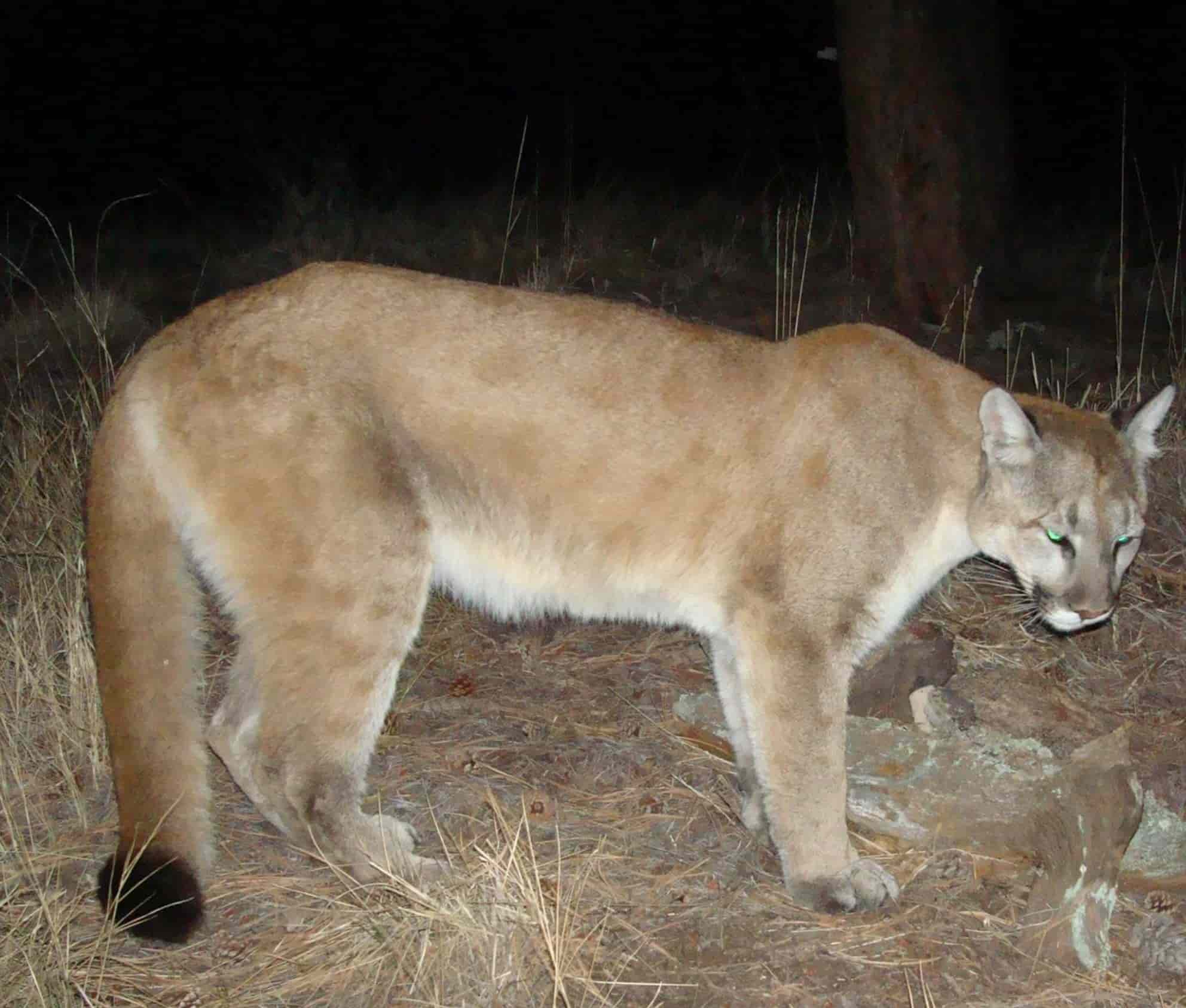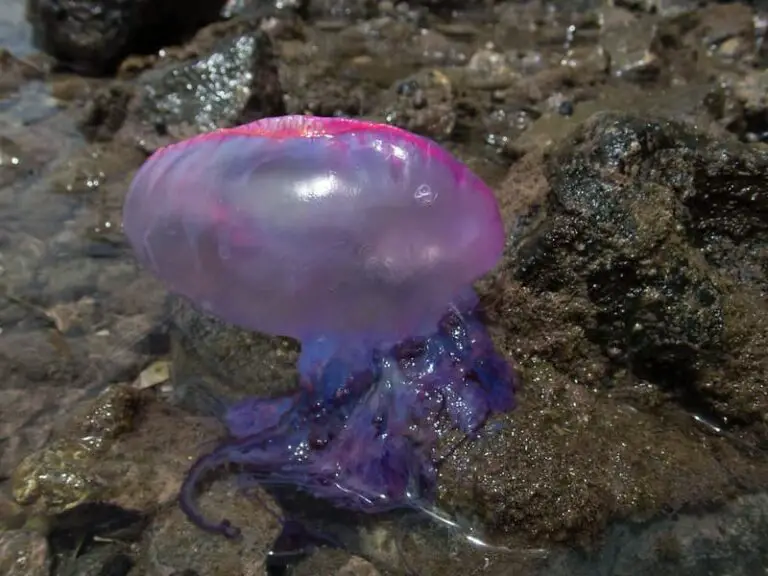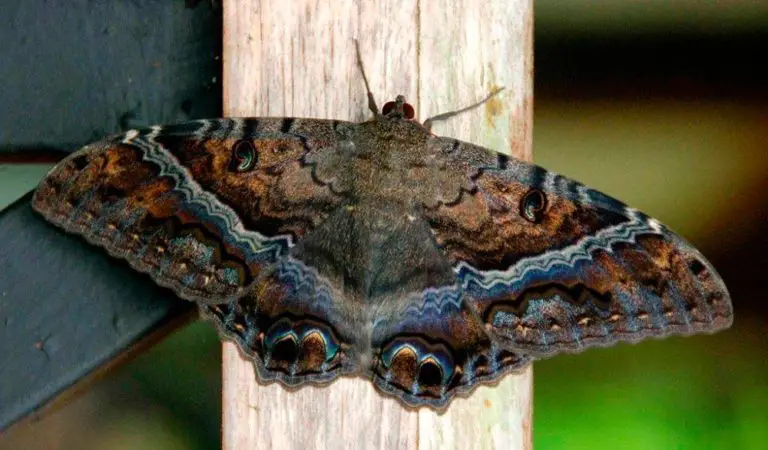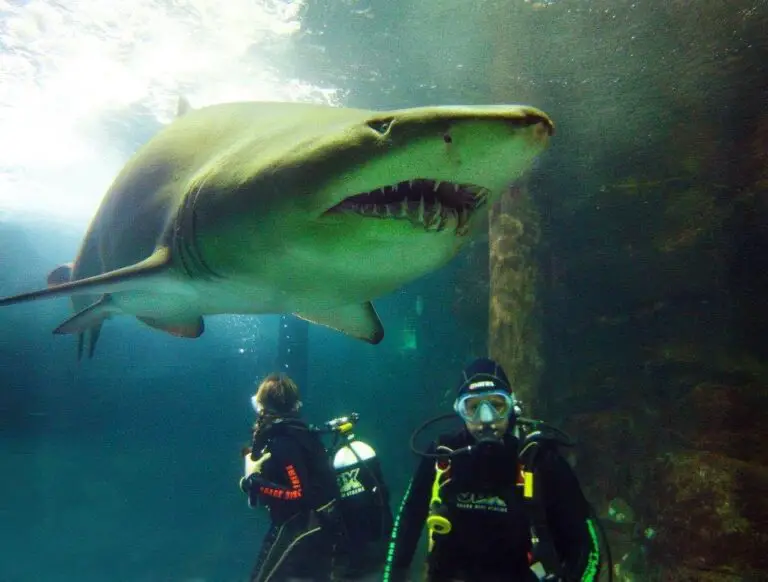5 Popular Wild Animals That Don’t Exist in the Dominican Republic

The Dominican Republic is a small island, endowed with wonderful nature, many beaches, sun, sand, and forests, lots of forests.
Although it may seem a surprising fact, almost half of the territory of the Dominican Republic is forest.
The forest surface of the Dominican Republic represents 43.6% of the country’s territory, with an extension of 2,103,645.32 hectares, according to a report of the National Forest Inventory.
But it is even more surprising to know that a country with so much forest and green areas has no wild animals that inhabit it.
That is, there are animals that live in the wild in the forests of the Dominican Republic, but when I refer to “wild animals” in this topic, I am referring to big cats or canines that could seriously harm a person.
For example, in many South and Central American countries, there are very popular wild animals that are not known in the Dominican Republic.
Meet 5 popular wild animals that do not exist in the Dominican Republic.
Contents
Wolves
I love wolves, but since I am Dominican, the only place where I have seen them is in movies, in the Dominican Republic, there are no wolves.
In different South American countries, there are wild species of wolves, such as the aguará guazú or maned wolf.
This has a wide distribution in South America. Its distribution includes southeastern Peru, most of Brazil, northeastern Bolivia, central-eastern Paraguay, northeastern Argentina, and a small fraction of Uruguay.
Panthers
Without a doubt, there are only two panthers in the Dominican Republic, and they are in the national zoo.
This huge and beautiful feline does not exist in the forests of the Dominican Republic, although the black panther is a native feline of South and Central America.
The habitat of the black panther varies from the tropical rainforest of Central and South America to the open country.
Coyotes
Coyotes are a canine species very similar to wolves, native to North America, a little smaller than wolves, but just as ferocious.
This species reproduces with great ease, has great ability to hunt and to expand, has been expanding from North America, Mexico, and Central America, it may not take long to reach South America, if they already exist.
But in the Dominican Republic, coyotes do not exist, maybe someday they can arrive (if they learn to swim in the ocean).
Foxes
The crab-eating fox (Cerdocyon thous) is a species of canid common in northern and central South America.
It inhabits coastal and mountainous regions adapting to altitudes up to 3000, but does not exist in the Dominican Republic.
The South American crab fox is now also in Panama and heading north. If the coyotes go to South America.
Possums
Although it looks like a giant rat, the opossum is a species of marsupial, distributed in Central and South America and also in some Caribbean islands.
But it does not exist in the Dominican Republic, although, I must say that there is an identical species called Solenodon, although this species is very rare to see and is in danger of extinction.
Other wild animals that don’t exist in the Dominican Republic
Bears, tigers, leopards, jaguars, mountain lions, none of these animals exist in the forests or mountains of the Dominican Republic.
The only felines that can be found in the Dominican mountains and forests are some small wild cats, identical to domestic cats.
Why are there no wild animals in the Dominican Republic?
The answer seems to be very obvious and simple, these animals from generation to generation were migrating through connected lands, practically all the countries of America are connected via land.
The Dominican Republic is an isolated island, surrounded by oceans, at the arrival of the Spaniards to the island very few animals existed.
Today, some species of animals have been introduced to the country and have been profiled, such as deer and ferrets.
But, in the forests and mountains of the Dominican Republic, there are no wild animals, I mean, dangerous wild animals.
I wrote a much more complete topic, in case you are interested in knowing more about dangerous animals in the Dominican Republic.






